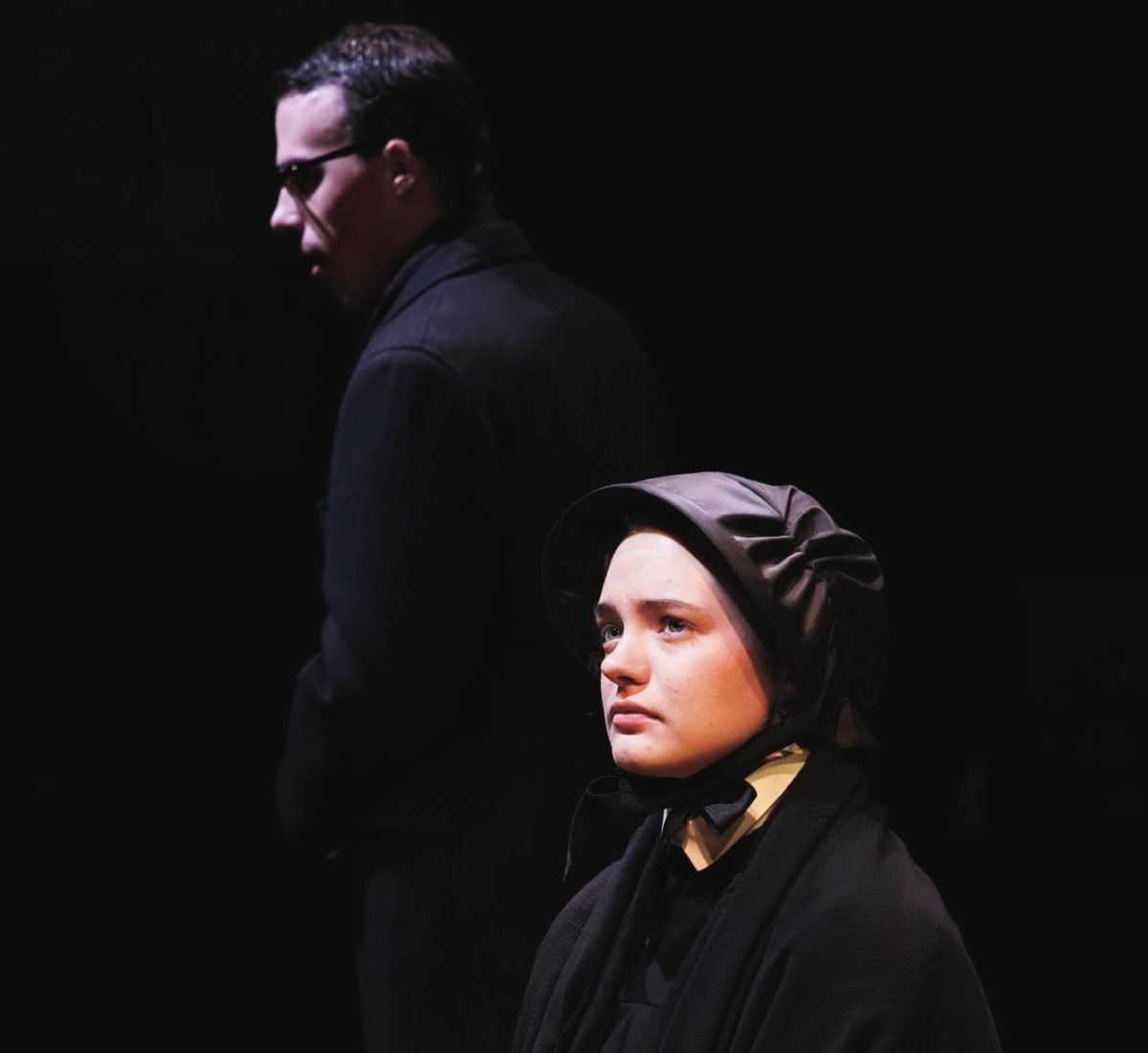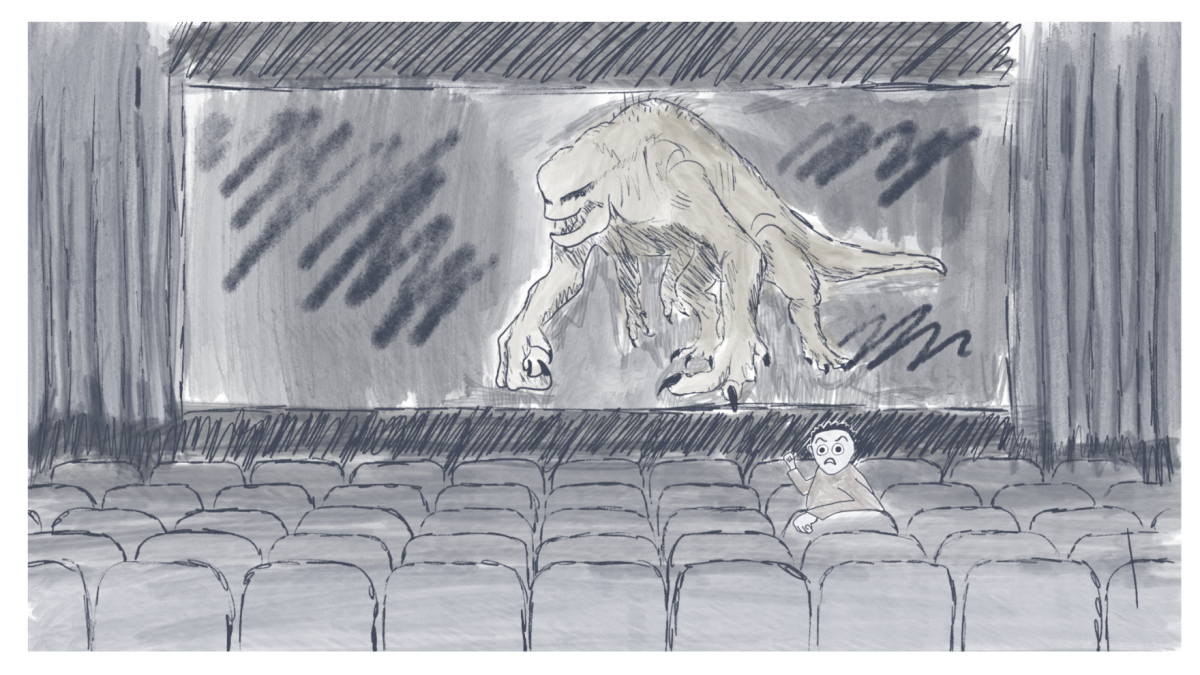Thomas Pope, a professional screenwriter and artist in residence at St. Olaf, started his presentation on storytelling with a PowerPoint. Despite the inclusion of technology as a modern storytelling technique, Pope began with a timeless classic: “once upon a time. . . .”
Continuing the classic beginning, Pope told the audience a story that had a basic structure. A curious individual asks a wise man a probing question: “What holds up the world?” The wise man responds, “An elephant holds up the world.” Obviously unsatisfied by that answer, the individual asks, “What holds up the elephant?” This can get to be quite annoying for the old master, as the writer noted, ending his short narrative with a line we all know so well: “Kid, don’t bother me.”
What does hold up the last elephant? What holds a story up? This is the question that the professional storyteller has been attempting to answer, and what he presented to a room full of students in Rolvaag 525 on Tuesday, March 10.
Starting the meat of the presentation with a description of the basic structure of a story, Pope embarked on a 40-minute lecture that, while entertaining, resembled a middle grade picture book.
The professional screenwriter stripped the art of storytelling down to its basics: a lot of cause and effect makes a story.
In addition to cause and effect, contingency and coincidence make a story interesting and worth telling. These two elements made up the bulk of the presentation.
Beginning with the three-act structure that has been the building block for hundreds of years, Pope first explained the finer points of cause and effect.
“Every event in a story wears two hats: cause and effect,” Pope said. “Every event in a story is an effect of another event and a cause of a later one.” Causality is the most basic element of a story. It has to be there. It is not random at all, it is what makes sense to us.
However, a story with just causality would be absolutely dull, and no storyteller could ever be successful with that one element. This is where contingency comes in, to add some “spice.”
Contingency is the occurrence of some random events. It is commonly used to provide interest in a story. Where causality can commonly be represented by the protagonist, contingency can be represented by God.
“The protagonist is a plot magnet, walking through a contingent minefield,” Pope said. If contingency is God, then coincidence is plain insanity. This is what writers turn to when they have nothing else to use. This is when the aliens appear out of nowhere. Coincidence feels like a cheat.
“You can make a lot of money with that sort of crap in Hollywood,” Pope said.
The presentation was punctuated with interesting facts, such as, “when you have a casual world, it leads to a drama, and when you have a contingent nightmare, it leads to a tragedy.” Pope also included one tidbit that took a bit of the magic away from storytelling.
“They lived ‘happily ever after’ just means that they lived in a state of reduced tension,” Pope said.
Pope ended the lecture on an interesting note, introducing a fourth element to the basics of a story: choice, the choices of the protagonist and of the other characters. This is an especially relevant element in society today, with video games being so prevalent. He went so far as to say that he recognized a new generation of storytelling watching his sons play video games.
St. Olaf students, staff and community members alike took valuable insight away from Pope’s talk.
Pope has been a screenwriter for 30 years, working with Francis Coppola, Robert Redford, Wim Wenders and many others.





